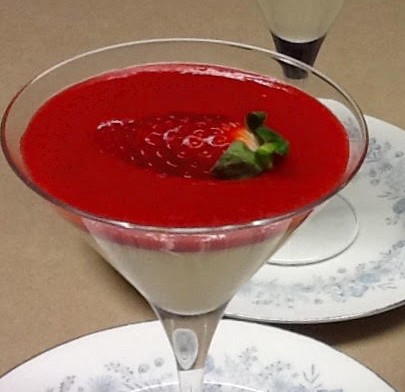Cooking classes were part of the weekly schedule at the all girls Grammar school I attended in the UK. In the first lesson, when I was 11, we made cheese on toast which we polished off immediately and in the second we made cauliflower cheese. After that they all blur into one. Each week I headed off on the school bus with the ingredients packed into my school bag and returned home with what was often destined to be the family’s evening meal, sitting precariously on my knees.
When I left school 7 years later I had covered all the basics – pastries, breads, sauces and cakes, roasting, steaming, braising and more. We also learnt about nutrition, planning meals for people on special diets such as the elderly or diabetics, writing shopping lists and sticking to a very tight work schedule. Finishing on time with the table set, the food ready to serve and all the washing up done was a requirement when we had practical examinations. I often wonder what happened to my somewhat unpredictable classmate Janet Richardson. She could produce a great meal or a clean kitchen, but not both. Her work station looked as if a bomb had hit it when we were told that time was up.
I now realise how lucky we were to have this training. A surprising number of kids leave home these days with few cooking skills. This means they spend a fortune eating out or survive on takeaways. Small wonder that obesity is on the increase. When a friend of one of our offspring got married he and his new wife wandered around a supermarket for half an hour studying the shelves and came out with a jar of peanut butter, a loaf of bread, a packet of spaghetti and a jar of Paul Newman’s spaghetti sauce. Neither of them felt confident to buy anything else which needed cooking.
When I see blood plums in the shops I get the urge to make a recipe by Stephanie Alexander which she calls Mieze’s Plum Cake. It makes quite a big cake, so here I’ve fiddled around with the quantities to end up with about half the original recipe (but not exactly) and used it to make 8 individual puddings.
At school we were taught that once self-raising flour has come into contact with liquids the dish needs to go into the oven immediately, because the baking powder starts to work. However, I left these little plum puddings on the side, ready to bake, for an hour or two before they went in the oven and they were perfect. I didn’t want to be mixing cakes once our guests had arrived.

Cake:
4 large blood plums (dark red or purple inside)
125g butter at room temp
½ cup sugar
1 cup walnut or pecan halves
2 eggs
1 cup self-raising flour, sieved
2 Tbs milk
pinch salt
1 tsp vanilla essence
Topping:
1 egg
2 Tbs butter
2 Tbs sugar
1 Tbs flour
½ tsp ground cinnamon
To serve:
Icing sugar
Vanilla ice cream
Butter 8 individual pudding dishes and arrange on a baking tray. Or you can use large non-stick muffin tins, buttered well. Pre-heat oven to 180°C. For cake place butter and sugar in food processor and mix until light and fluffy. Add the nuts and eggs and process until the nuts are coarsely chopped, stopping to scrape down the sides. Add flour, milk and vanilla and process just enough to combine, stopping again to scrape down the sides. Divide mixture evenly between the dishes or muffin tins.
Cut plums in half and remove stones. Place one plum half in each cake, cut side up. Press down on the plum so the cake comes up level with it. Place topping ingredients in food processor (no need to wash it out) whiz till smooth, then divide among the cakes and spread over. Bake cakes for 25 mins or until well risen and golden. If you have made them in muffin tins, cool for a minute or two then carefully remove from the tins but if they are in dishes serve them as they are. Dust with icing sugar and serve with vanilla ice cream.
Serves 8






 150g currants
150g currants
 300g white chocolate
300g white chocolate

